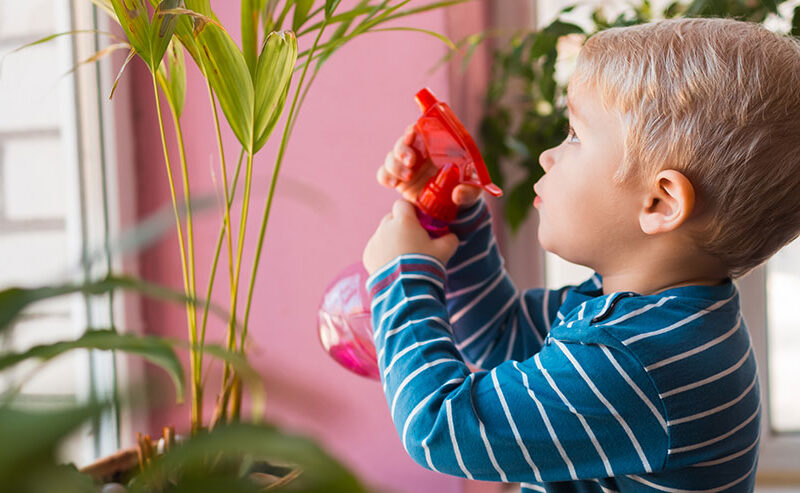The Mediatrician’s New Year’s Resolutions for 2011
The Mediatrician’s New Year’s Resolutions for 2011 https://mediatrics.com/wp-content/themes/corpus/images/empty/thumbnail.jpg 150 150 Mediatrics Mediatrics https://mediatrics.com/wp-content/themes/corpus/images/empty/thumbnail.jpg Q: This year, I want to start making some better choices about media so I can better connect with my family. I usually hate resolutions—because who ever keeps them, really?—but am wondering what I might consider when deciding what and how to change.
– Determined for 2011 in Eden Prairie, MN
A: Dear Determined,
I’m with you. I don’t usually make New Year’s resolutions—they’re often idealistic and unrealistic and, thus, abandoned by mid-January. But this year, to create some that I could live with, I decided that my resolutions should adhere to three basic criteria:
1) They cost basically nothing, so that there’s no financial barrier to achieving them.
2) They are worth keeping for their own sake, and because the process of keeping them is worthwhile. Perfection is not the goal—tweaking your family’s media use and enjoy the resulting time together is.
3) They’re fun!
The following are resolutions that I can and will try to follow throughout the year, and I welcome you to join me:
Share media you love with your kids
What movies, songs, and books did you love at your child’s age? Share and talk about them with your kids. Then ask your kids to share their favorite media with you. Whether they teach you to play a video game or make a Facebook page, they’ll love getting to show their mastery, and you’ll get a window into their media worlds. Enjoying these shared experiences is also a fun way to bring media use into the realm of positive (as opposed to policing) parenting.
Make mindful choices
How many times do you find yourself or your kids turning on the TV, computer, or video game console out of habit? Or because you or they can’t think of anything else to do? As a New Year’s Resolution, transform media use into a purposeful choice. Watch a certain show or play a certain game, and then switch to another activity you enjoy. This will help your family use technology as the powerful tool it can be for learning, connecting, and entertaining rather than simply as a diversion.
Move screens into common rooms
When media use is confined to a shared space, it becomes a social rather than a solo act and must compete with the other demands of family life. This makes it easier to engage with media only when there is a focused reason to do so. It also gives parents greater access to what children are doing with media, and it gives children a way to understand (and accept) their parents’ responsibilities in overseeing their media use.
Create media together
Shoot video of your family, edit it, upload it to YouTube, and share the link with friends and family. Or build a website or blog about a favorite cause. Such activities emphasize that kids can not only receive but also create media. They also model how media can be used in public dialogue and true participatory democracy—concepts that kids may not understand now but can learn about over time. Instead of worrying that media are making us less individually and socially responsible, model ways in which media can make us more involved in life, each other, and our society.
Upgrade your interactions with others
Social media can be a wonderful addition to the host of ways you connect with people who live far away or with whom you’ve lost touch. They can help you locate folks and provide a way to connect as frequently as you’d like at your convenience (e.g., if you’re around the world from each other, you can be in regular communication despite the time difference). However, if communication with a given person remains exclusively virtual, you miss out on nuance and warmth that a voice provides. To regain some of these other aspects of human connection between in-person visits (or when visiting isn’t feasible), call a faraway friend on the phone. Or use email or texting as ways of arranging in-person gatherings. In this way, media can serve as tools for developing and nurturing true relationships.
Share media-free family meals
Research shows that sitting down and sharing food protects kids against becoming overweight, as well as from a host of health risk behaviors, from anxiety and depression to early sexual activity to violence. The mealtime opportunity to share experiences and thoughts with those you love and trust is powerful prevention. But remember to keep the tube off: Having the TV on during that meal distracts you from each other and from your body’s signals of hunger and satiety, thus neutralizing the potential positive effects
Touch nature and let it touch you
Research shows that spending time with nature reduces anxiety, improves attention deficits, and contributes to free play and imagination. So turn off the TV, computer, and video games and take a family walk. Or grow a plant from a seed, and let everyone get dirt under their fingernails. Just be together, outside and unwired.
Unplug to bring back daydreaming
We parents so often focus on giving our children the best advantages we can: schools, lessons, sports, and media, all intended to help them learn and expand their minds. But no directed activity can take the place of daydreaming, free play, and even boredom, which is when we can let our thoughts wander and then be regrouped in new and unexpected configurations. This is when kids engage their creativity, develop a sense of self, and learn to reflect on what is important to them. All the knowledge in the world cannot compare with the ability to think deeply about it, and then imagine and create something better. Let’s give kids this crucial space.
Enjoy your media and use them wisely—and happy new year!
The Mediatrician®




